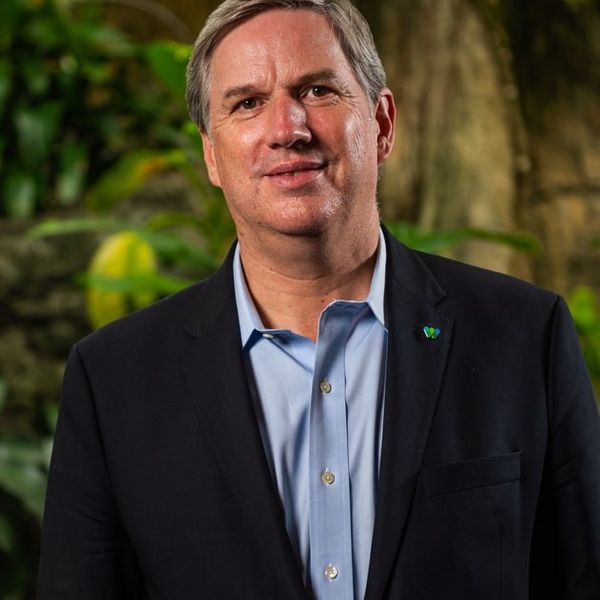Cristián Samper
President & CEO
Wildlife Conservation Society
Cristián Samper, President and CEO of the Wildlife Conservation Society (WSC), has worked at the intersection between science, environment and public policy for the past three decades.
He was part of the team that created the publicly-funded Alexander von Humboldt Biological Resources Research Institute in Colombia and served as its inaugural director from 1995 to 2001. Samper then served as deputy director and staff scientist at the Smithsonian Tropical Research Institute in Panama in 2001, before being appointed director of the Smithsonian Institution's National Museum of Natural History in Washington, D.C. in 2003. He was also acting secretary of the Smithsonian from 2007 to 2008, becoming the first Latin American to hold the position.
During his time at the National Museum of Natural History, he helped to bring in several new projects, including the Encyclopedia of Life, a global partnership scheme to provide online access to knowledge about life on Earth. He also worked on the Recovering Voices initiative, a project that works alongside indigenous communities to document, preserve, and revive languages and traditions. Over the course of his career, he has served on several non-profit and foundation boards.
Samper has been with WSC since 2012. The key goal of this institution is to conserve the world's largest wild places in 14 priority regions, which are home to more than 50% of the world's biodiversity. The organisation began as the New York Zoological Society in 1895, making it one of the first conservation organisations in the country, It operates the Bronx Zoo, Central Park Zoo, Queens Zoo, Prospect Park Zoo, and New York Aquarium.
WCS is on a mission is to save wildlife and wild places across the globe, through conservation action, science, education, and inspiring people to value nature.
Samper says: "I am passionate about using science, education and policy to build a carbon-neutral and nature-positive future for all life on Earth."

